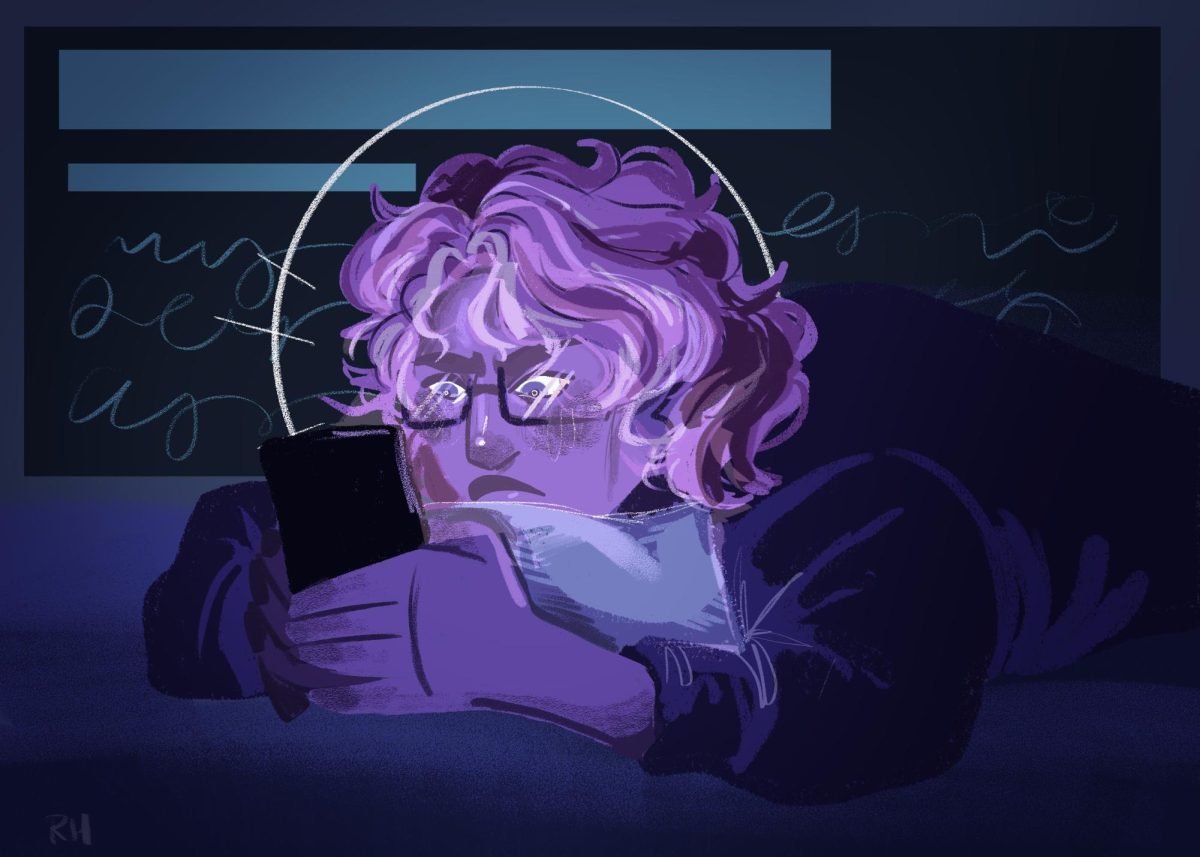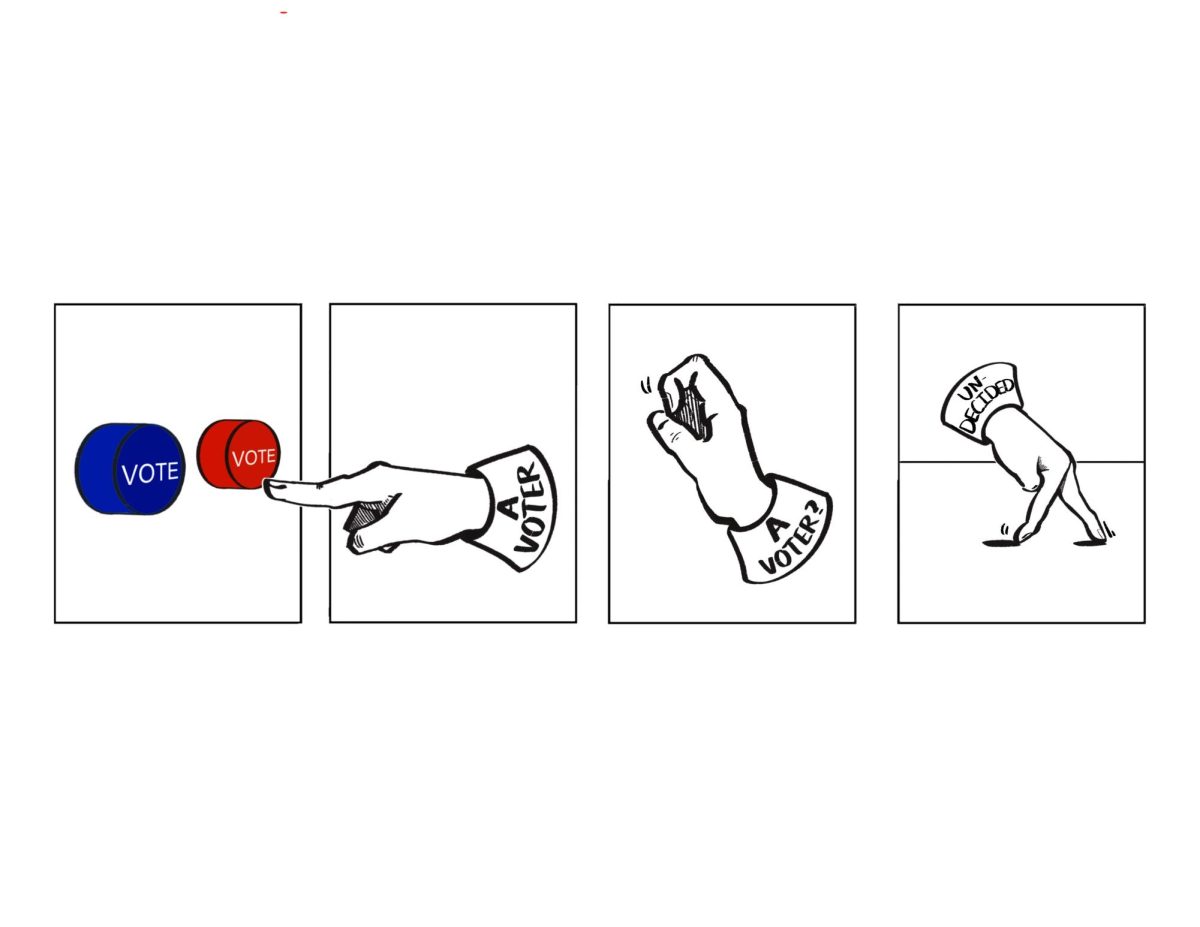The college has put an immediate freeze on all new hiring, including halting the search for a new dean, a sign of just how bad the financial situation is.
The financial gap nearly doubled since last semester to $38 million, which the college attributes to the cost of the historic, seven-week strike that disrupted the Fall 2023 semester.
During two “State of the College” addresses this week, President and CEO Kwang-Wu laid out how the deficit grew by $13 million.
- Nearly half of that came from the $7.8 million in tuition credits given to students for classes impacted by the strike.
- The college also lost $4 million in tuition revenue from students who did not return this spring after the strike.
- The new bargaining contract cost $1.4 million for fiscal year 2024, which begins next September.
“This is what is called a financial crisis,” Kim said at the address at the Student Center on Feb. 6. “This doesn’t mean the college is on the verge of closing. It means we all have to think about this and pay attention and figure out what we are going to do.”
It should not be a surprise. This money had to come from somewhere. Students were so excited to get credit for courses disrupted by the strike, but now they are upset about a tuition increase. The Columbia Faculty Union may not want to be blamed, but the strike certainly did not help the college’s retention efforts and has already hurt enrollment.
In his address, Kim said the college’s reputation was so damaged that students decided not to stay, which cost the college $4 million in tuition revenue. Applications for Fall 2024 semester also are down by 11% compared to Fall 2023.
The college will have to dip further into its endowment, which is a pool of money or other assets donated to the college. When it gets smaller, the college gets less investment revenue from it, which impacts how much it has to spend.
Blaming Kim is easy, especially when he has to stand in front of the community and deliver bad news. It is his job to be the face of these things.
That doesn’t mean we shouldn’t ask hard questions like why the college paid to bring three candidates to campus during a search for a new dean of the School of Media Arts only to halt that search a week later. Surely, they had a clue this may have been coming.
What’s not in dispute is that enrollment is down, and for a tuition-driven institution like Columbia, that is a problem. It is just not a Columbia-exclusive problem, and people forget that. Enrollment is down everywhere because fewer students are going to college and because many young adults don’t think they need to go. They certainly don’t want to take on massive amounts of debt if they think they can make money without a degree.
The strike didn’t help all of this, but this is the reality of the world we live in, and that is not being communicated well enough to students.
We are already seeing the same old arguments from the strike rehashed since the college disclosed the new financial information this week. The college needs to be transparent and upfront about where the new $19 million in budget cuts for next year are coming. It needs to invite input from stakeholders — and then it needs to really listen. It needs to talk to students about the tuition increase and explain why it’s needed and where the money will be spent as well as listen to students’ concerns to show they care about the students’ voices on such issues.
Even more importantly, the college needs to focus on the students who are here.
Reassure students they will not have to transfer.
Reassure students the facilities and equipment they need to create will be available to them.
Reassure students that the college is invested in their education.

















